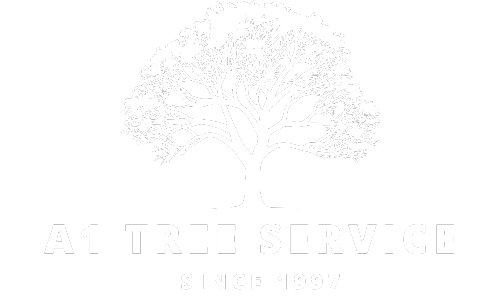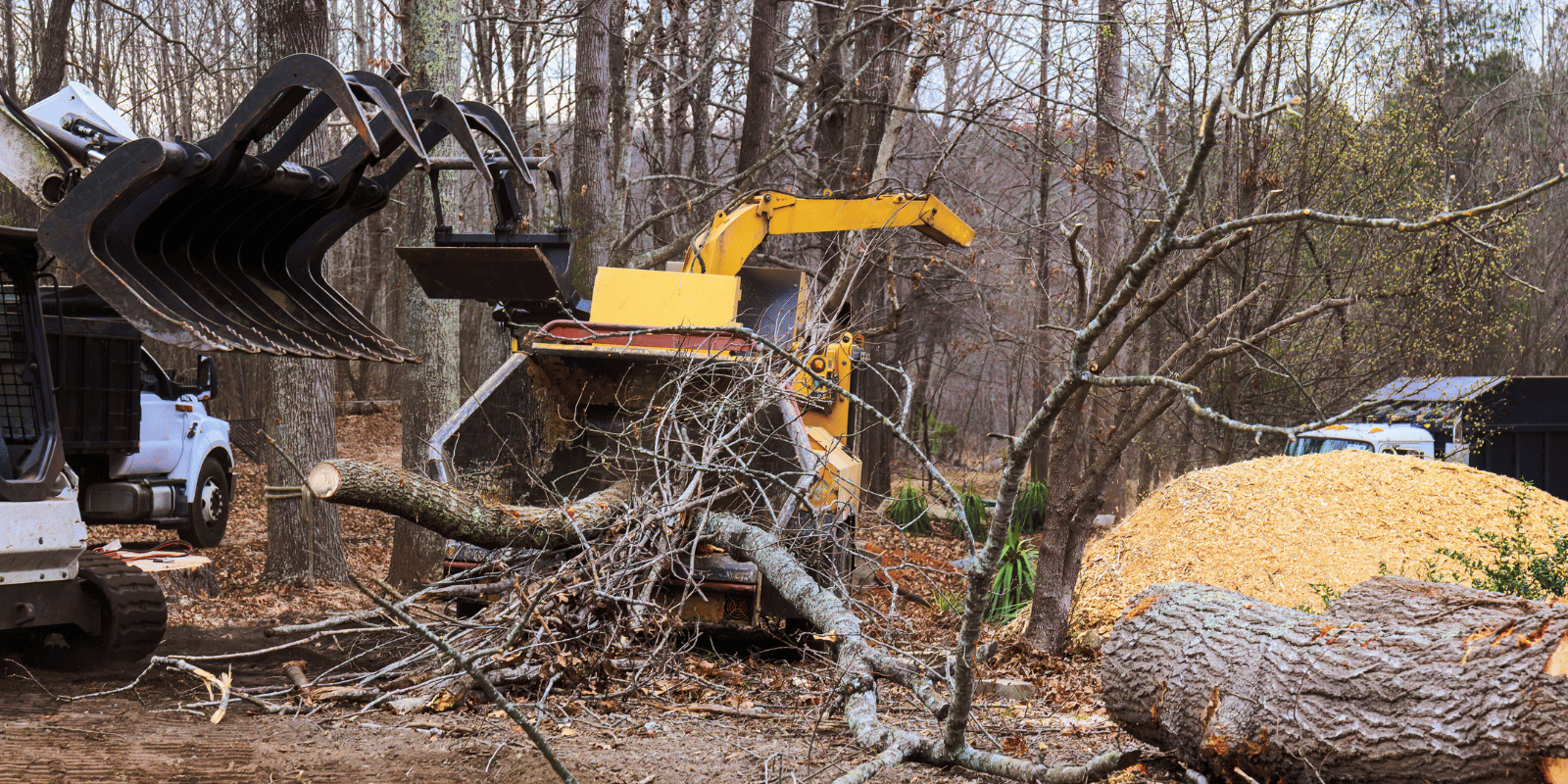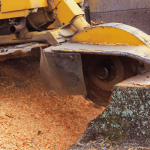Trees are a beautiful and useful part of any property. They offer shade, curb appeal, and may even raise the value of the property. However, trees may also turn out to be dangerous at times, particularly when they are dead, dying, or when they are too close to your house. The question that comes to the mind of many homeowners is: Will my homeowners’ insurance cover preventative tree removal?
This paper will discuss what homeowners’ insurance usually covers in regard to trees, what preventative removal is, and when you will probably end up paying the bill.
What Is Preventative Tree Removal?
It is necessary to know what is preventative tree removal before asking if insurance will cover it.
Preventative removal of trees is when you decide to cut down a tree which has not yet fallen or damaged anything, but will eventually fall and do so in the future.
The causes of preventative removal can be:
- A tree bent over your house
- Dead or diseased trees which might fall
- Roots threatening your foundation or sewer system
- Trees that proliferate near power lines
This is different from emergency tree removal which occurs once a tree has fallen or damaged.
Does Homeowners’ Insurance Cover Tree Removal?
What’s Typically Covered
Most typical homeowners’ insurance coverage (such as HO-3 insurance coverage) will cover the removal of trees only when they fall due to a covered peril and cause damage to a covered structure.
Including:
- Your house
- A detached garage
- A shed
- A fence
Covered perils usually include:
- Windstorms
- Hail
- Lightning
- Weight of snow or ice
- Vandalism
As an example, when blown to the ground by a windstorm and crashing into your roof, a healthy tree will be covered by your policy and will probably cover the damage and removal of the tree (typically up to some predetermined limit).
What’s Not Covered
The cost of removing the trees that have not fallen, although they appear risky or near your house, is not usually covered by homeowners’ insurance. The reason is that insurance is made to cover accidental and sudden damage, but not preventive maintenance.
Homeowner responsibility is necessary in most instances of preventative tree removal.
Why Insurance Doesn’t Cover Preventative Tree Removal
Insurance Is Not a Maintenance Plan
Homeowners’ insurance is not there to cover normal maintenance. Cutting down a fallen tree or one that is threatening before it can result in an injury is seen as normal housekeeping.
In the event that preventative measures are covered by insurance companies, then premiums would have to increase to match the higher costs. This is the reason why, in most cases, policies will only pay out where there has been a loss occurred.
Neglect Can Backfire
If you overlook a harmful tree and it falls down and destroys your property (or property of your neighbor), your case may be rejected on grounds of negligence.
Therefore, though one must personally pay to have preventative removal done, it is often the most prudent financial course of action in the long run.
When Will Insurance Pay for Tree Removal?
The following are some of the situations that are or are not covered:
Scenario 1: Tree Falls and Hits Your House Due to a Storm
- Covered? Yes
- Of course, insurance should take care of damage caused to your house and some amount of tree removal (usually up to $500-$1000 per tree).
Scenario 2: You Would Like to Kill a Dead Tree Before It Falls
- Covered? No
- This counts as preventative maintenance and it is your responsibility.
Scenario 3: Tree Falls from Your Yard Onto Neighbor’s House
- Covered? Possibly
- If a storm felled the healthy tree that damaged another’s house, they can normally be compensated through their insurance policies.
- If the tree was dead, and you were not mindful about it, then you can be responsible.
Scenario 4: Roots Are Damaging Your Sidewalk or Plumbing
- Covered? Rarely
- In this case, insurance does not usually cover progressive harm by roots or compensate on the removal of trees.
How Much Does Preventative Tree Removal Cost?
If your insurance is unable to cover the cost, you will have to ensure that you budget the amount. The prices of cutting trees averages between $300 and $2,000.
This all depends on the following factors:
- Tree size
- Tree location
- Complexity of the job
- Local labor rates
Dead or dangerous trees have a higher cost as well when they are close to power lines or buildings.
How to Prevent Tree-Related Insurance Problems
Although preventative removal is not covered by insurance, being aggressive can make you spend less in the future.
Here’s how:
Inspect Trees Regularly
Look for:
- Dead branches
- Leaning trunks
- Fissures of the trunk or big branches
- Fungal growth at the base
- Sparse leaf coverage
Hire a Certified Arborist
An arborist can measure the risk of a tree, and justify it by paper. And in case you are not sure whether a tree is in good condition or not, this is not a bad idea.
Keep Records
If a professional advises to remove, save his report. It may assist in demonstrating that you did reasonable things in case of any future insurance-related problem.
Trim Branches Away from Rooflines
Hanging trees may lead to roof damages, or they provide easy access to pests. Maintenance tree trimming will normally avoid the problem.
Talk to Your Insurance Agent
Enquire about your cover limits and availability of any riders in the case of tree-related problems. There are policies that offer do a coverage addition on some landscaping expenses.
Are There Any Exceptions?
Certain premium or specialized policies will provide a limited coverage of preventative landscaping or cutting down of trees; however, this is uncommon.
Local municipal programs or utility company assistance on the removal of trees near power lines or over public rights-of-way may also be available to you.



